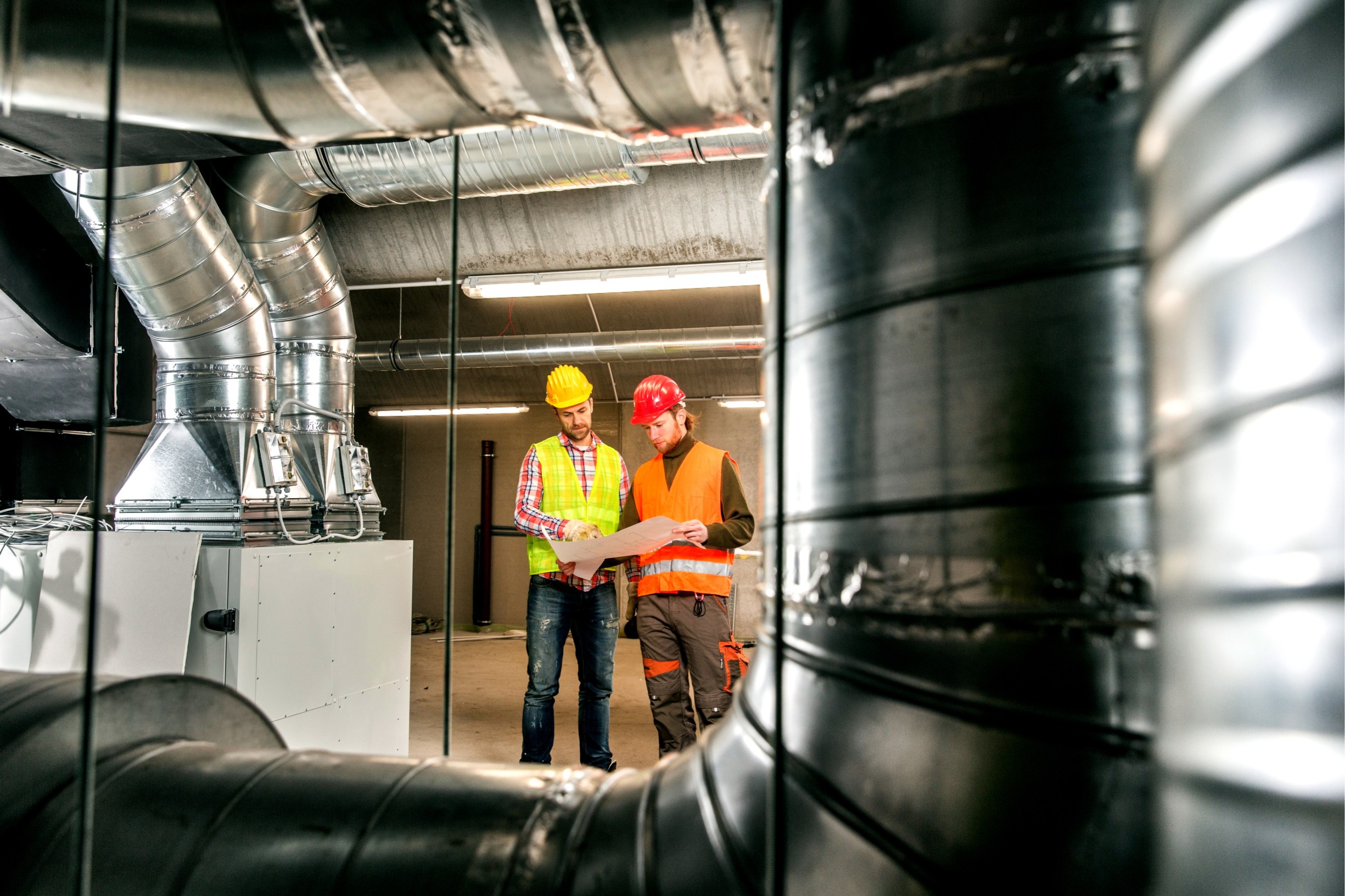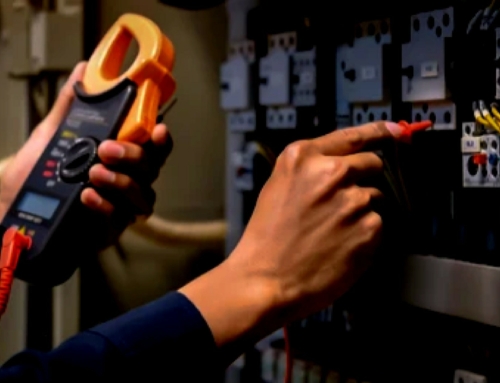While all industries have their safety challenges, the HVAC sector can be exposed to particularly grave consequences if shortcuts are taken or maintenance and repairs aren’t carried out with all due diligence. Legionnaire’s disease is just one possible, potentially fatal, danger. But there are also a range of risks for the field service workers themselves – including risk of electrocution, exposure to toxic substances and, in particular, fatigue related errors that can have serious ramifications. Comprehensive knowledge of the sites in which they will be working and measures to prevent fatigue, by making the workflow more streamlined and intuitive should mitigate these risks for HVAC service workers.
Software solutions that provide site knowledge and fatigue-prevention measures will have a significant effect on the ability of field service workers operating in the sector to perform their tasks well and safely.
Retriever offers safety forms providing field service workers with:
- Enforceability in the workflow – the application is configured so that a worker must complete the relevant JHA (job hazard analysis) before progressing to the next stage of the job. This means that shortcuts cannot be taken and processes need to be strictly and comprehensively adhered to. It also means that if the JHA identifies the site as too high a risk, the worker will be instructed to vacate the area until the issue is remediated.
- Logic in the workflow – how can the use of logic help with safety, you may ask? Simple. The logical workflow of Retriever’s safety forms reveals questions that are only relevant to previous answers and so the worker doesn’t waste valuable time addressing irrelevant queries. For example, if they have already indicated that they will not be working at heights, then they will not be provided with questions related to ladders, harnesses and anchor point installations.
- Faster completion time – paper forms are laborious and require much of the same information to be continually re-entered, whereas the electronic form offers the ability to pre-populate details, shaving time off the task. Time saved in this part of the process means the worker is less likely to be rushing through other parts of the job in order to complete it promptly. And there is nothing that is a greater threat to safety in the workplace than rushing. ‘More haste less speed’ isn’t just an empty adage.
- Photographs – having the ability to record images in real time within the safety form provides accurate documentary evidence of an issue and allows for detailed and specific advice to be sought from the relevant experts or third parties. If an HVAC field service worker comes across evidence of asbestos or some other unexplained substance, photographs instantly transmitted to head office could prevent accidental contamination or worse.
- Immediate report generation – to give the field service worker the best possible chance of carrying out their role in a safe and secure environment, on completion of Retriever’s safety forms, a pdf report can be generated (including all relevant signatures and photographs), then emailed to the customers and also internal staff in conjunction with the service report.
The greatest safety tool for any worker is self-awareness, thinking twice before addressing any potentially hazardous task and monitoring their own levels of preparedness and fitness for the job. But a seamless software solution that can also keep track of the worker’s hours, travel times and need for a break, while also offering all the other benefits detailed above is key.





